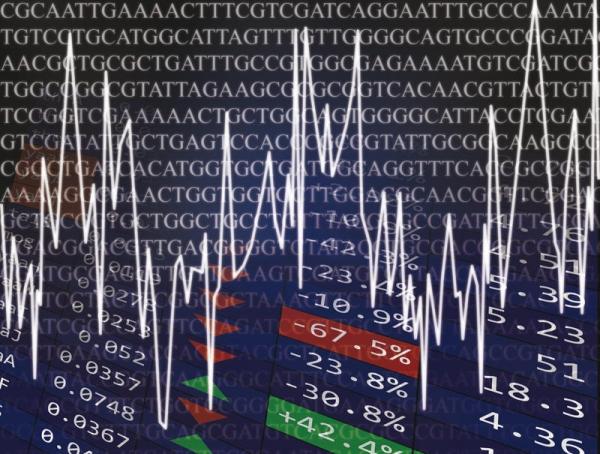Human cells have developed the ability to protect an important genetic material
 Bashny.Net
Bashny.Net

"We found that there must be a molecular mechanism that selectively protect certain areas of the genome, leaving others unprotected," says Nicholas Luscombe, who led the research at EMBL-EBI. "If we can identify the cells involved in the process and discover how it all works, we will be even closer to understanding how mutations can be prevented, which lead to diseases such as cancer».
Mutations - a phenomenon for each of us unique. It changes our genetic material in the root, in the very cells in our body, which in many cases help us to recover from various illnesses. But they also have a dark side. If the mutation affects an important part of the body - for example, paying for tumor suppression gene is useless - it can be quite detrimental. However, the protection of all of the genes mutations have spent too many resources cells in the same way as the contents of all deposits in the safe with maximum safety are prohibitively expensive for the bank. Inigo Martinkorena (Iñigo Martincorena), Doctor of Philosophy and a member Luscombe, discovered that cells have developed a strategy of "risk management" to solve this problem.
"For many years in the development of genetics there was an assumption that mutations occur randomly, and that the cells 'cleaned random selection'" explains Martinkorena. "But what we see here suggests that genomes have developed mechanisms to avoid mutations in regions that are more valuable to them than others».
Researchers cancer genomes suggest that similar mechanisms may be involved in the development of cancers. Therefore, Luscombe and his colleagues now want to do more accurate research to find out - like this one, managed risk, gene protection works at the molecular level, and what role it may play in cancer cells.
Tags
See also
Bodyguard for the Brain: Researchers have identified a mechanism that can protect the brain from aging
Geneticist Bruce Lipton: the Power of thought changes the human genetic code
Throw or not to start? The body does not recover never smokers
6 core skills of close relations
Bunker on Taganka, or the history of the Cold War
5 bioluminescent living organisms that illuminate the world
East and West
Indoor plants clean the air really
We have a gene resistance of gravity, without which all living things would be flat
The Internet is the ideal substitute of life

















